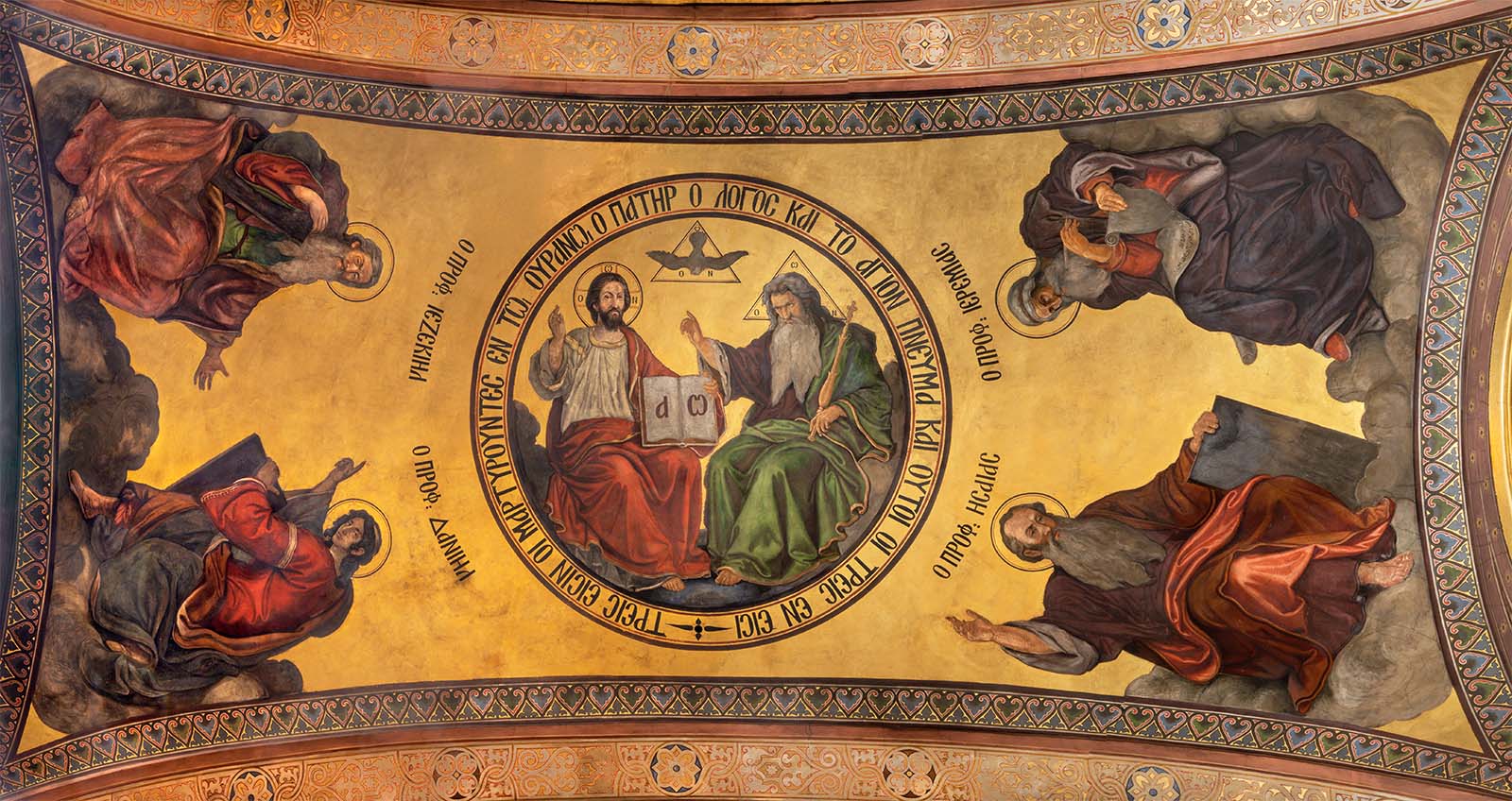Hi Cale,
Thank you so much for your program. Why are there so many differences in the gospels? (For example, with the Christmas stories)
Carlos from Chicago
Recently on The Faith Explained, Cale Clarke took the opportunity to address this popular and understandable question that many have, including non-Catholics. For non-Catholics, the differences in accounts of Jesus’s life gives them pause in attempting to understand the faith. To them, it may seem suspicious that the four accounts of Our Lord’s life don’t always seem to line up exactly.
Cale began by referencing a debate that took place between Catholic apologist Jimmy Akin and agnostic atheist scholar Bart Ehrman. In their debate which covered the topic of the historical accuracy of the gospels, Ehrman repeatedly returned to the case of the Christmas narratives and the differences between them.
Cale recalled noticing the tension in the audience because they shared in Ehrman’s concerns about reliability. If two of the four gospels don’t even have a Christmas story, then how can we believe in these claims about a moving star, shepherds and angels, traveling magi, a virgin birth, and gifts being given to a child born in a stable? Where’s the consistency?
Cale answered these concerns by first talking about the genre of the gospels. We need to put the gospels into a literary context before understanding what it is the evangelists were trying to tell us. If you were to open up an encyclopedia or dictionary expecting a novel, you would be not only disappointed but confused. There would be no plot, no protagonist per se, and no artistic license. With that same lens, we need to examine the gospels.
“What kind of literature are the gospels?” asked Cale. “Are they police reports? Are they poems? No, they’re Greco-Roman biographies. They’re historical biographies that conform to the standards of the time when they came out in the 1st century.”
And this rule doesn’t just apply to the New Testament. For the Old Testament, we have to read it in the context of the time and culture to be able to comprehensively absorb the content. Ehrman’s claims about the inadequacy of the gospels are playing on an assumption that a historian would be writing according to his theoretical deductions rather than what he observes or learns. But it’s widely understood that as a historian, you do not comment on the possibility or impossibility of the supernatural, like miracles.
Examples of great feats such as the Roman hero Horatius come to mind. There are variations of the story of his defense of the Pons Sublicus. Some say he was helped by his two commanders. Others say that his cowardly commanders fled. But it is generally understood that he defended the bridge against the Etruscan army while the Romans retreated, had the bridge destroyed, then swam across the river to safety. And yet, historians document this miraculous act of heroism in full and we know that he and the defense of the bridge were both real.
Just like Horatius, we know that Jesus was a real person. So, the question then falls to the reality of the events that took place. That duty falls to historians like the Evangelists who documented the life of Christ. And they aren’t inserting their opinions when they tell that story. They’re documenting the facts.
While Matthew and Luke were not present for the birth of Jesus, and they wrote their gospels separately, both of their accounts match up on ten of the most important points of congruence, which only goes to reinforce their accuracy. Both gospels, with regards to the Christmas narrative, document the following:
- Joseph and Mary were betrothed but never lived together before Mary became pregnant.
- Joseph is a descendant of King David.
- Angels announced the birth of Christ.
- Mary became pregnant while still a virgin.
- The child was conceived by the Holy Spirit.
- An angel tells the child’s name, Jesus.
- An angel explains that Jesus will be the savior.
- Jesus was born in Bethlehem.
- Herod the Great was in power when Jesus was born.
- Jesus came to be known as Jesus of Nazareth, not Jesus of Bethlehem.
Tune in to The Faith Explained weekdays at 12:30pm CT


